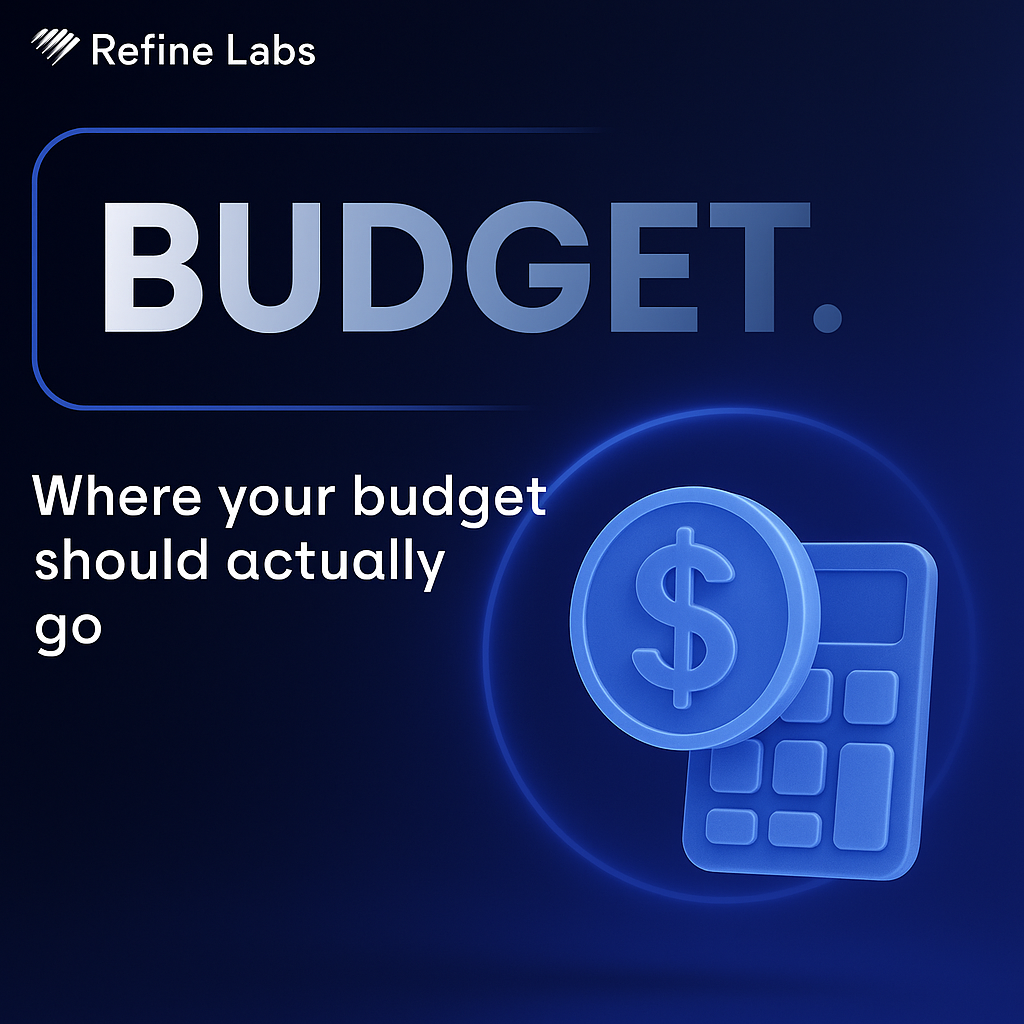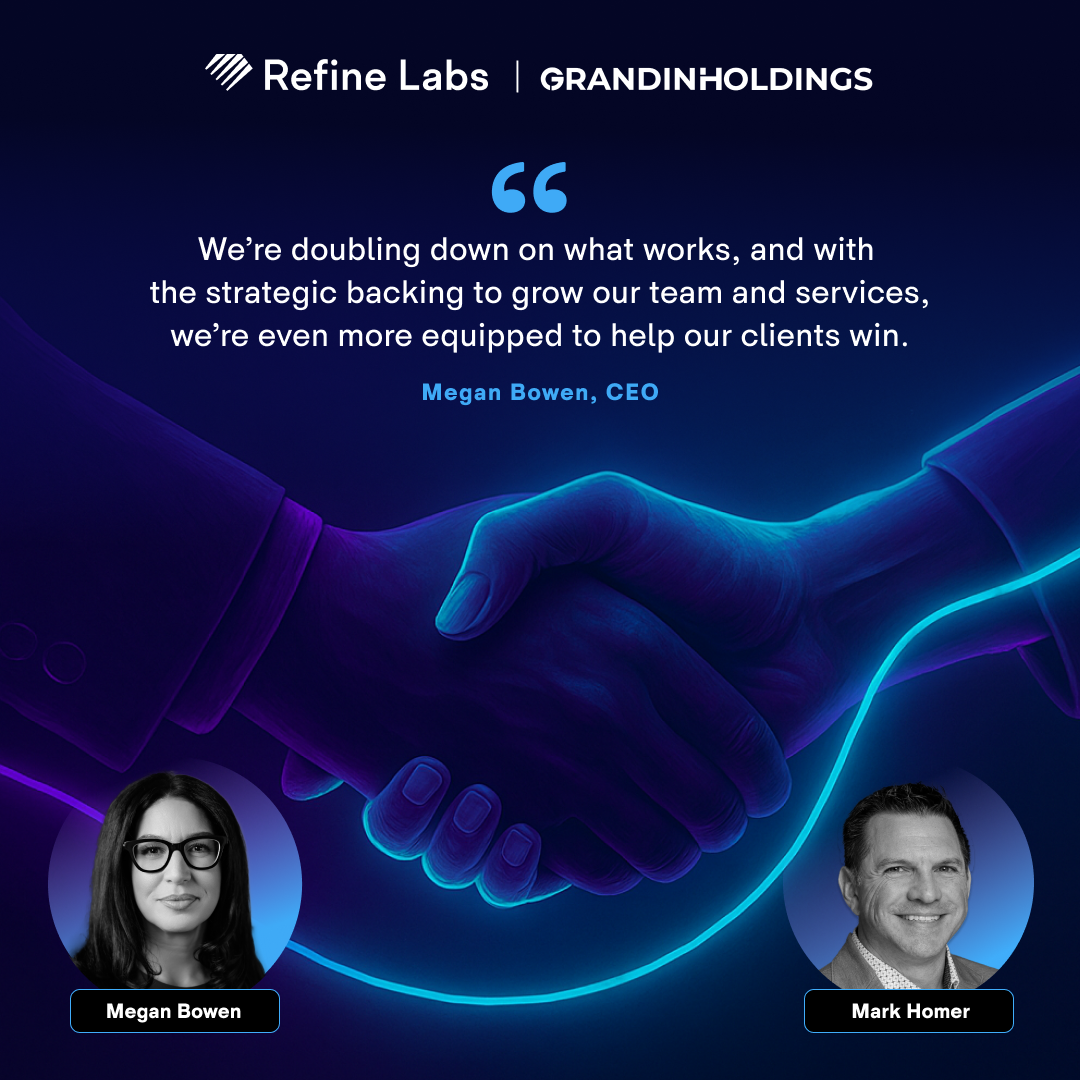
What Is the ROI of Your Marketing Programs?
Whether you're stepping into a new marketing role or rethinking your strategy after a tough QBR, one question keeps surfacing:
"But what is the ROI of your programs?"
This was the focus of our July Expert Session, where Chris Walker and Tom Wentworth broke it down for our Refine Labs audience. If you're under pressure to prove impact, this is what you need to know.
Why ROI Is Under the Microscope
Marketing budgets are leaner. Teams are smaller. Scrutiny is higher.
Executives want proof that every dollar spent on marketing is contributing to revenue. That means it is no longer enough to show activity—you need to show outcomes. Below are the key ROI metrics we use with clients to measure real marketing impact. Start tracking these if you want to defend your budget and improve performance.
1. Total Inbound/Pipe™ Revenue Closed Won to Marketing Spend
Formula:
Inbound or Pipe™ revenue (Closed Won) ÷ Total variable marketing spend (excluding headcount)
This metric tells you how much revenue you're generating for every $1 spent on programs like paid media, content syndication, sponsorships, and events. Review it quarterly for a clean ROI view.
2. Marketing Cost to Acquire a Customer (CAC)
Includes:
- Marketing salaries
- Benefits
- Technology stack
- Agency and vendor fees
This gives you a full picture of how much it really costs to acquire one customer. It is a baseline efficiency metric for your entire marketing team.
3. Marketing CAC Payback Period
How many months does it take to recoup the marketing cost of acquiring a customer?
Shorter payback periods = faster ROI = better capital efficiency.
Track this to understand how quickly marketing investments are returning value.
4. Advertising (Ad) CAC
This metric isolates paid media spend.
Formula:
Total ad spend ÷ Number of new customers from paid media
Use this to evaluate the performance of your advertising channels specifically—without muddying the data with salaries or tech costs.
5. Ad CAC Payback Period
Similar to Marketing CAC Payback Period, but only for paid media.
This shows how long it takes to break even on a paid media investment per customer. If your team is doubling down on ads, this metric becomes critical.
6. Contextualize Your Spend
Raw spend numbers are not enough. Always pair budget data with performance context.
Instead of saying “We spent $200K on paid media,” show how that spend translated to revenue, pipeline, or efficiency gains. It builds trust and makes the case for continued investment.
7. Benchmark Your CAC Payback Period
Aim to benchmark your Marketing CAC and Ad CAC Payback Period between 6 to 9 months.
This is the range we use across high-performing B2B programs. If you're outside of it, it's a signal to reevaluate your mix, targeting, or funnel strategy.
So if your leadership team is asking about ROI, don't panic. Start by measuring what matters and focus on metrics that tie marketing performance directly to business outcomes.
Need help building your ROI model or comparing benchmarks? Refine Labs has worked with hundreds of B2B companies to do exactly that. Reach out or explore more resources in the Vault.









